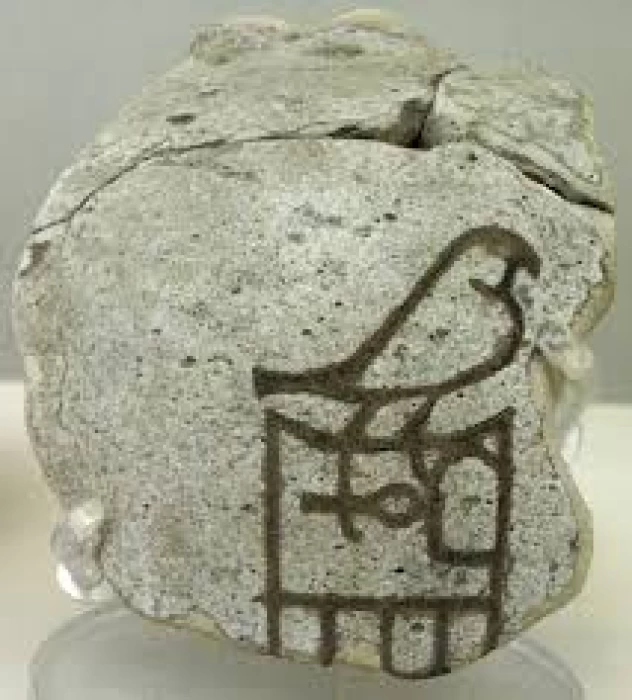
Hours Aha king | King of the first dynasty
Hor-Aha is listed as the second pharaoh of the First Dynasty. His predecessor Narmer, who united Upper and Lower Egypt into a one kingdom, conducted many religious activities, for example his visit to the sanctuary of the goddess Neith is recorded on several stelae during his reign. The sanctuary of Neith is located in the northeastern Nile Delta which you can learn more about it during Egypt Classic Tours with certified Egyptologists. Labels and sealings from the tomb of Hor-Aha and Queen Neithhotep indicate that this queen died during Aha's reign. He arranged for her to be buried in the magnificent mastaba discovered by Jacques de Morgan.
The oldest mastaba at Saqqara, the North Memphis Necropolis, is dated to his reign, where you can see unique artifacts during your Cairo Day Tours. The mastaba belongs to a member of the administrative elite who may have been a relative of Hor-Aha, as was the custom at the time. The visit to City of Memphis and Saqqara is one of the most attractive tours during Egypt Christmas Tours while Enjoying the good weather and the great discovery of the Egyptian history.
Few artifacts survive from Hor-Aha's reign. However, finely crafted copper axe heads, fragments of ceramic vessels, an ivory box and inscribed white marble testify to the flourishing of crafts during Aha's reign. During Hor-Aha's reign, trade with southern Canaan declined. Unlike his predecessor Narmer, Hor-Aha did not witness any activity outside the Nile Valley. This may indicate the gradual replacement of long-distance trade between Egypt and its eastern neighbors and a greater exploitation of local resources by the Egyptians.
It is believed that Hor-Aha was killed by a hippopotamus while hunting.Two tombs were found for Pharaoh Aha, one in Abydos and the other larger one in Saqqara. Abydos City is one of the beautiful cities that include enchanting temples , you can see most of it through Luxor Day Tours. The method of construction became a tradition followed by most pharaohs after him. Hor-Aha's tomb is located in the cemetery area of the First Dynasty kings in Abydos. Hor-Aha's tomb contains three larger, separate chambers. The reason for this type of architecture is the difficulty of building large ceilings over the rooms














